

USDA
Buying “green” can be confusing! Many products claim to be “natural,” “eco-friendly” and “biodegradable.” But what in the world does that mean? Unfortunately, because there’s no standardized definition for any of these words, they’re actually meaningless. In fact, many companies intentionally use vague words like these to market their products as if they’re better for you and the environment than they actually are.
Here are 13 of the most reliable eco-labels in the market. What makes them so good? They’ve been defined by independent institutions or nonprofit organizations that have set meaningful criteria that companies must prove they’ve met in order to use the eco-label in question. When you shop for anything from produce to mattresses, look for these “third party” certifications to back up the claims a company makes regarding the environmental and human health benefits of their products.
1. Organic
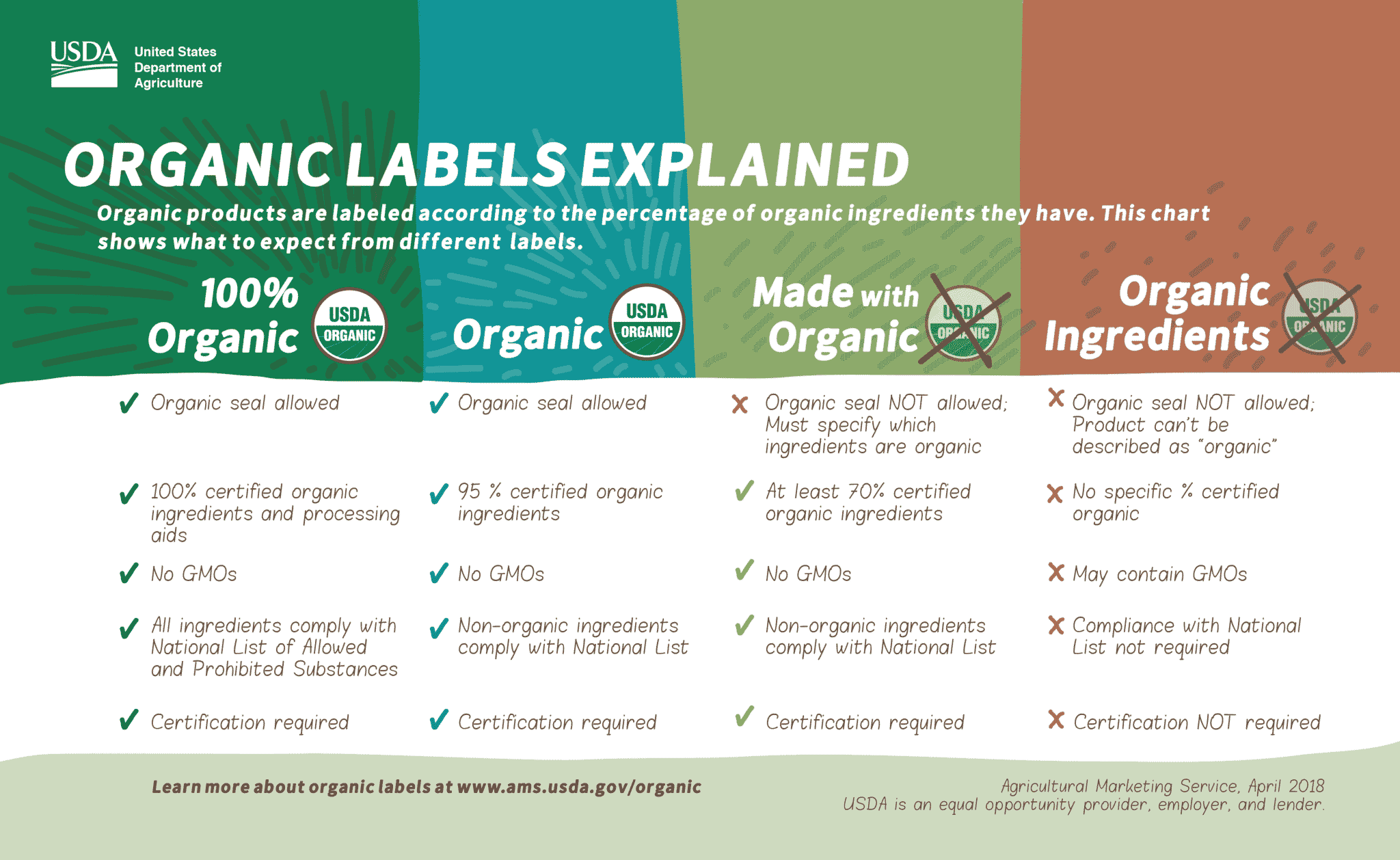
The U.S. Department of Agriculture (USDA) collaborated with scientists, consumer groups, environmentalists and the agriculture industry to set standards for the meaning of the word “organic.” Products labeled “100 percent organic” must contain only organically produced ingredients. Products labeled “organic” must consist of at least 95 percent organically produced ingredients. Products meeting either set of requirements may display the USDA Organic seal on their packaging. Processed products that contain at least 70 percent organic ingredients may use the phrase “made with organic ingredients,” but may not use the organic seal. Processed products that contain less than 70 percent organic ingredients may not use the term organic other than to identify the specific ingredients that are organically produced in the ingredients statement. Overall, when it comes to food, the organic label, while not perfect, is the best indicator that no or minimal pesticides, hormones and antibiotics were used for growing and processing.
2. Green Seal
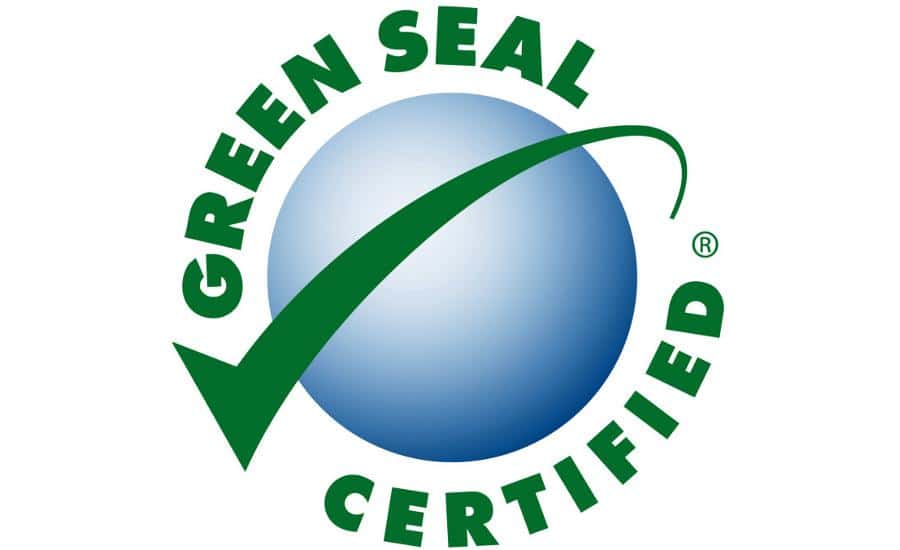
For more than 25 years, this nonprofit, science-based organization has developed certification standards to minimize the environmental and health impacts related to cleaning products, coffee, paint, windows, even sticky notes. To earn the Green Seal, a product must meet rigorous evaluation and testing objectives, as must the facility where it is manufactured.
3. SCS (Scientific Certification Systems)
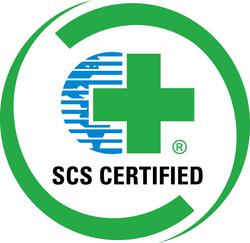
SCS certifies environmental claims related to recycled content, certified organic ingredients, water efficiency and sustainable forestry. SCS certifications meet international environmental labeling standards as well as guidelines issued by the U.S. Federal Trade Commission for responsible environmental marketing.
4. Forest Stewardship Council (FSC)
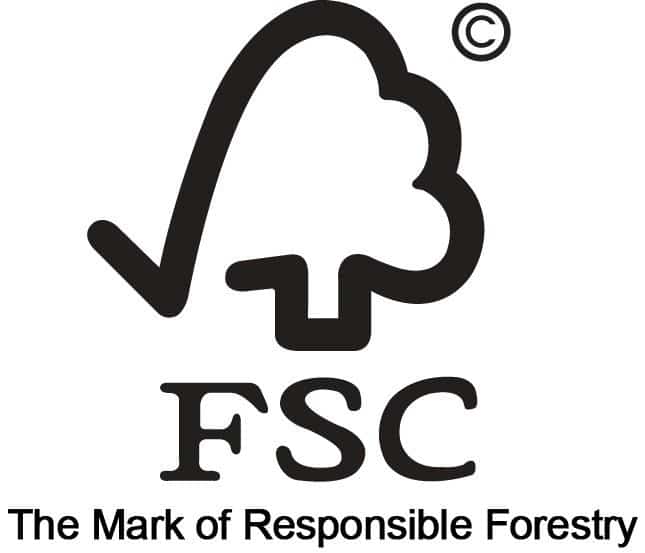
FSC sets standards to ensure that forests are being managed in an environmentally responsible way, and that products like timber, paper and furniture are made sustainably.
5. LEED
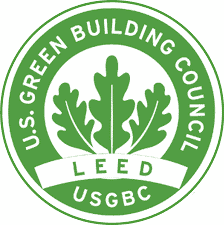
The Leadership in Energy and Environmental Design (LEED) label represents a green building rating system for the design, construction and operation of high-performance green buildings. A program of the U.S. Green Building Council, LEED promotes a whole-building approach to sustainability by recognizing performance in five key areas of human and environmental health: sustainable site development, water savings, energy efficiency, materials selection and indoor environmental quality.
6. ENERGY STAR
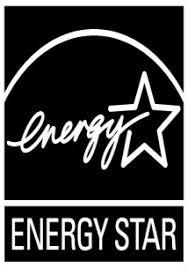
This label, overseen by the U.S. Environmental Protection Agency, indicates homes and buildings, plus appliances, computers, lightbulbs, copiers, printers, furnaces and many other products that meet strict energy-efficiency guidelines that help save energy and money and protect the environment.
7. Veriflora
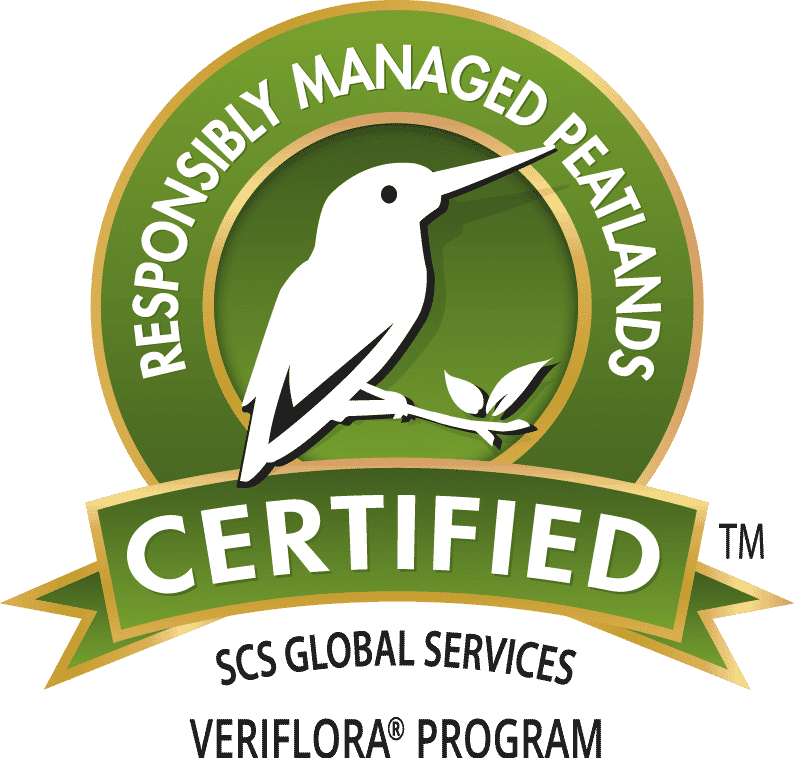
Developed by SCS (see above), this label is awarded to flower growers who do not use “extremely hazardous” or “highly hazardous” agrochemicals. The Veriflora label also indicates that growers are converting to organic and sustainable crop production practices. The standard contains extensive water and ecosystem protection measures to ensure that farmers are not damaging surrounding wildlife or habitats. In addition, it requires growers to provide a fair, equitable and safe workplace for their farmers.
8. Fair Trade Certified
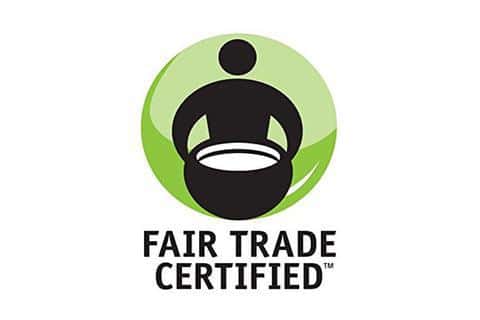
This label demonstrates that the farmers and workers behind Fair Trade goods were paid fair wages and have opportunities for better health care, housing and education. The Fair Trade label is attached to coffee, chocolate, cocoa, tea, fruit, rice, sugar, spices and a variety of clothing and crafts produced in developing countries.
9. Certified Humane Raised and Handled
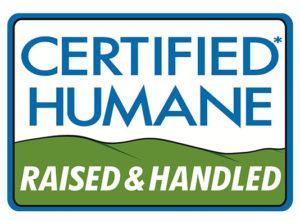
This label provides independent verification that the care and handling of livestock and poultry on farms enrolled in the program meet high-quality, humane animal care standards. These include access to clean and sufficient food and water; sufficient protection from inclement weather; and enough space to move about naturally.
10. Leaping Bunny
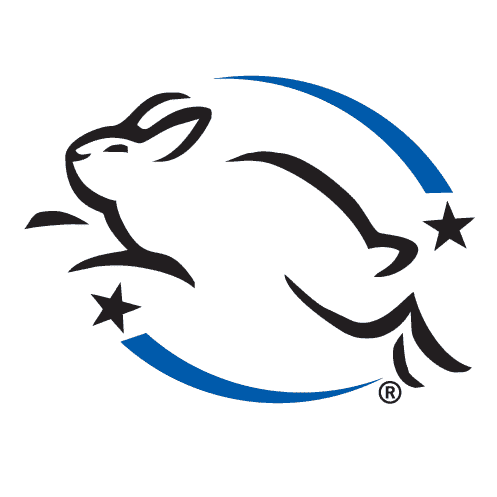
Leaping Bunny is the certification program of the Coalition for Consumer Information on Cosmetics. The mark certifies that companies have not tested their products on animals during any stage of development. The company’s ingredient suppliers make the same pledge. Look for the Leaping Bunny label on cosmetics and personal care, household and cleaning products.
11. Marine Stewardship Council
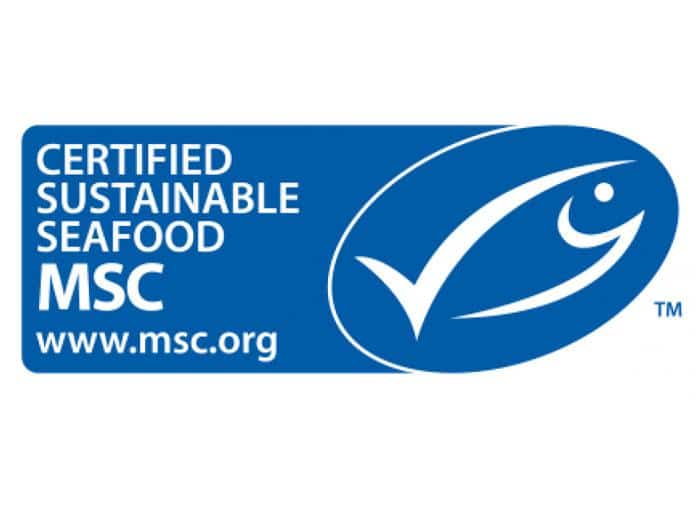
The Council’s eco-label indicates seafood that comes from certified sustainable and well-managed fisheries. Look for it on fish and shellfish.
12. Demeter
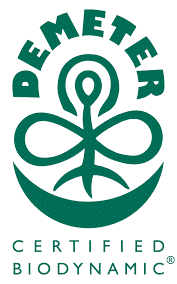
This label represents the Demeter Farm Standard, which indicates that a farm is organically farmed, GMO-free and also operated to promote soil fertility, animal welfare, conserve water, protect biodiversity and managed to follow the cycles of nature. Look for it on wine, tea, juice, pasta, sauces and many other foods.
13. NON-GMO Project Verified
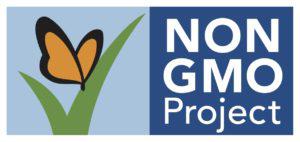
This label indicates that products bearing it have been produced according to the best available practices for avoiding genetically-modified organisms (GMOs). It does not promise that a product is “GMO free” because there is always some risk that seeds, crops, ingredients and products have been exposed to GMOs somewhere along their growing or production cycle. It does, however, create a powerful incentive to seed breeders, farmers, processors and manufacturers to adopt practices that reduce use of GMOs while giving consumers a way to limit their exposure.
- 7 Sins of Greenwashing (And 5 Ways to Keep It Out of Your Life ...
- Purple Carrot Eco-Friendly Plant-Based Meal Kit Review - EcoWatch
- 5 Green Cleaning Products for Tackling Messy Homes - EcoWatch
- Amazon Launches Climate Label to Help Customers Make Greener ...
- Does Certified Organic Mean What We Think It Does?
- Unlike the U.S., Europe Is Setting Ambitious Targets for Producing More Organic Food - EcoWatch

 233k
233k  41k
41k  Subscribe
Subscribe 